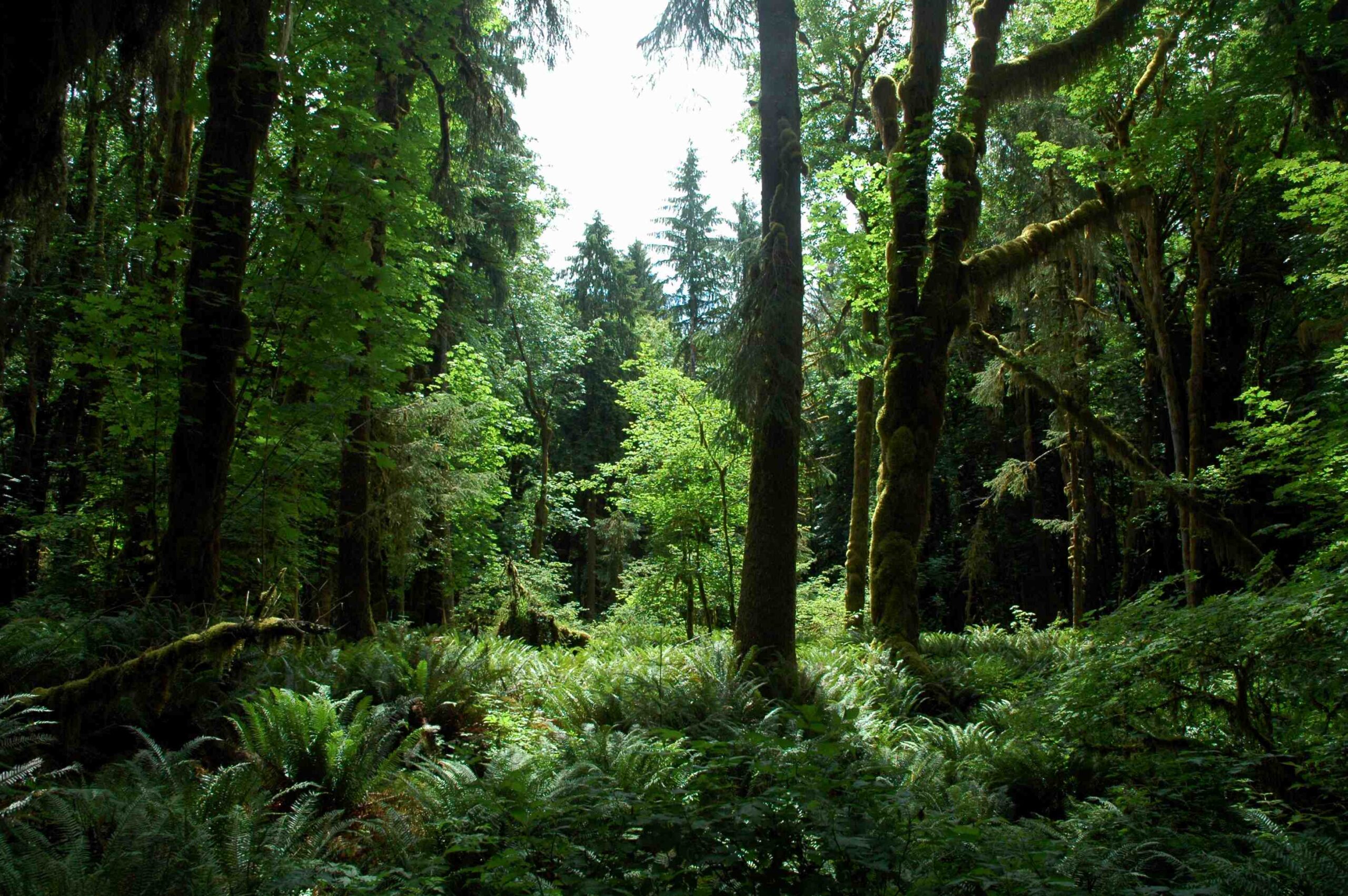Olympic National Park’s Shi Shi Beach is a remote and stunning coastal destination, accessible from Seattle via a 4.5-hour journey. This guide covers the essential aspects of planning your trip, including travel routes, permits, hiking trails, and camping facilities. Shi Shi Beach offers a unique wilderness experience with its rugged coastline, sea stacks, and diverse wildlife, making it a must-visit location for nature enthusiasts and adventurers.
What Are the Access Routes from Seattle to Shi Shi Beach?

The journey from Seattle to Shi Shi Beach involves several steps:
- Driving: The most common method, taking approximately 4.5 hours.
- Ferry: Depending on your route, you may need to take a ferry, though it’s not always necessary.
- Parking: A private lot owned by the Makah Tribe is available for overnight hikers, located about 0.5 miles from the main trailhead.
Travel Time and Distance Breakdown
| Mode of Transport | Approximate Time | Distance |
|---|---|---|
| Driving | 4-5 hours | ~220 miles |
| Ferry (if needed) | 30-60 minutes | Varies |
| Hiking to Beach | 1-2 hours | 2 miles |
What Permits and Fees Are Required?

To access Shi Shi Beach, you’ll need:
- Makah Recreation Pass:
- Cost: $20 per vehicle
- Valid for the calendar year
-
Purchase locations: Neah Bay (Makah Marina, Mini Mart, Museum)
-
Wilderness Camping Permit (for overnight stays):
- Obtain from Olympic National Park service
- Available online or at the Olympic National Park Visitor Center in Port Angeles
How Long Is the Shi Shi Beach Hiking Trail?
The Shi Shi Beach Trail consists of two main sections:
- Forest Section:
- Length: Approximately 2 miles
-
Terrain: Often muddy, especially after rain
-
Beach Section:
- Length: Another 2 miles to the initial beach access point
- Additional 2 miles to reach Point of Arches (optional)
Total round-trip distance to Point of Arches: About 8 miles
Trail Difficulty and Elevation
- Difficulty Level: Easy to moderate
- Elevation Change: Gradual descent of about 200 feet from forest to beach
What Are the Notable Landmarks Along the Trail?
- Coastal Forest: Dense, lush vegetation typical of the Pacific Northwest
- Shi Shi Beach: Wide, sandy beach with stunning views
- Sea Stacks: Dramatic rock formations jutting out of the ocean
- Tide Pools: Rich marine ecosystems visible at low tide
- Point of Arches: Iconic rock formation, best visited at low tide
How Do Seasonal Conditions Affect the Hike?
Seasonal variations can significantly impact your hiking experience:
- Spring/Fall:
- Moderate temperatures
- Increased chance of rain and muddy trails
- Summer:
- Drier conditions
- More crowded
- Winter:
- Cold temperatures
- Potentially hazardous trail conditions
Recommended Gear for Muddy Conditions
- Waterproof hiking boots
- Gaiters
- Hiking poles
- Rain gear
What Transportation Options Are Available from Seattle?
- Driving:
- Most common and flexible option
- Allows you to carry all necessary gear
-
Requires navigation through the Makah Tribe Reservation
-
Public Transit:
- No direct services available
-
Combination of bus and private transportation may be possible but complicated
-
Car Rental:
- Available in Seattle
- No specific services cater to Shi Shi Beach trips
Where Can You Camp Near Shi Shi Beach?
Several camping areas are available along Shi Shi Beach:
- Forest Edge: Where the trail first meets the beach
- Petroleum Creek Area: Further along the beach
- Willoughby Creek Area: Near Point of Arches
Camping Regulations and Amenities
- No formal amenities provided
- Camp above high tide mark
- Follow “Leave No Trace” principles
- Bear canisters required for food storage (rentable at Olympic National Park Visitor Center)
What Should You Know About Tides and Safety?
Understanding tides is crucial for a safe and enjoyable experience:
- Tide Tables: Check and carry current tide tables
- Point of Arches Access: Best visited at low tide
- Camping Location: Ensure your campsite is above the high tide line
- Emergency Planning: Be aware of escape routes in case of sudden tide changes
How Can You Minimize Environmental Impact?
Practicing responsible tourism is essential to preserve Shi Shi Beach:
- Pack It In, Pack It Out: Carry all trash with you
- Stay on Designated Trails: Avoid damaging sensitive ecosystems
- Wildlife Observation: Maintain a safe distance from animals
- Fire Regulations: Follow current fire regulations, which may prohibit fires
- Water Treatment: Treat all water before drinking, even from streams
What Are the Best Times to Visit Shi Shi Beach?
The ideal time to visit depends on your preferences:
- Summer (July-August):
- Warmest and driest months
- Most crowded
- Spring/Fall (May-June, September-October):
- Fewer crowds
- Mild weather, but increased chance of rain
- Winter (November-April):
- Least crowded
- Storm watching opportunities
- Challenging weather conditions
How Should You Prepare for the Trip?
Proper preparation is key for a successful visit to Shi Shi Beach:
- Physical Conditioning: Train for a moderate hike with some elevation change
- Gear Checklist:
- Waterproof tent
- Sleeping bag rated for cool temperatures
- Water filtration system
- First aid kit
- Navigation tools (map, compass, GPS)
- Food Planning: Pack lightweight, high-energy foods
- Weather Forecast: Check and prepare for expected conditions
- Emergency Contact: Leave your itinerary with a trusted person
By following this comprehensive guide, you’ll be well-prepared for your journey from Seattle to Olympic National Park’s Shi Shi Beach. Remember to respect the environment, follow all regulations, and stay safe while enjoying one of Washington’s most beautiful coastal areas.
References:
- https://languageimperfect.com/2022/09/07/shi-shi-beach.html
- https://explorewithalec.com/shi-shi-beach/
- https://www.wta.org/go-hiking/hikes/shi-shi-beach-and-point-of-arches
- https://adventurespnw.com/hike-of-a-lifetime-point-of-arches-and-shi-shi-beach-wa/
- https://hikewithkurt.com/how-to-backpack-shi-shi-beach-in-olympic-national-park/

